How does your PC compare to techradar's towers of power?
There's a good chance you're going to win this...
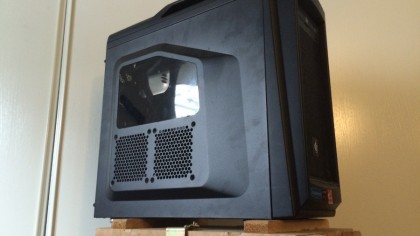
Introduction
Although we spend our time delving into the latest tech trends here at TechRadar, the majority of us aren't master gaming PC builders.
But we do love a challenge, and there's nothing more satisfying than concocting a pixel-crunching battlestation out of a basket full of parts and a heady dose of gaming love. On these pages you will discover what machines Techradar's writers use, how we put them together and why we went for the parts that we did.
Of course, we're not only ones tinkering with towers at Future. Our sister titles Maximum PC, PC Format, Linux Format, Gizmodo and Linux Format are are just as (if not more) savvy with a scewdriver, so for a more complete picture of how to approach building a gaming PC, we've included their rig rundowns too.
You never know — it might just give you some ideas of your own...
- Check out the rest of our PC Gaming Week coverage
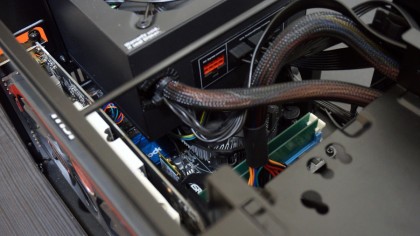
Joe Osborne - Techradar senior editor
Because I live in a one-bedroom apartment that another human also occupies, and I would like that human to remain my fiancée, I'm rocking a smaller mini ITX PC that doesn't dominate the two-person desk in our living room. I also didn't want to spend much more than I would for a console.
So, inside the Cooler Master case is an Nvidia GeForce GTX 960, Intel Core i3-4130, 4GB of DDR3 RAM, a 128GB SSD (for my OS and most-played games) and a 500GB hard drive for the rest. While it can't manage the latest games at their highest settings, it gets me through World of Warcraft and the average Steam sale just fine.
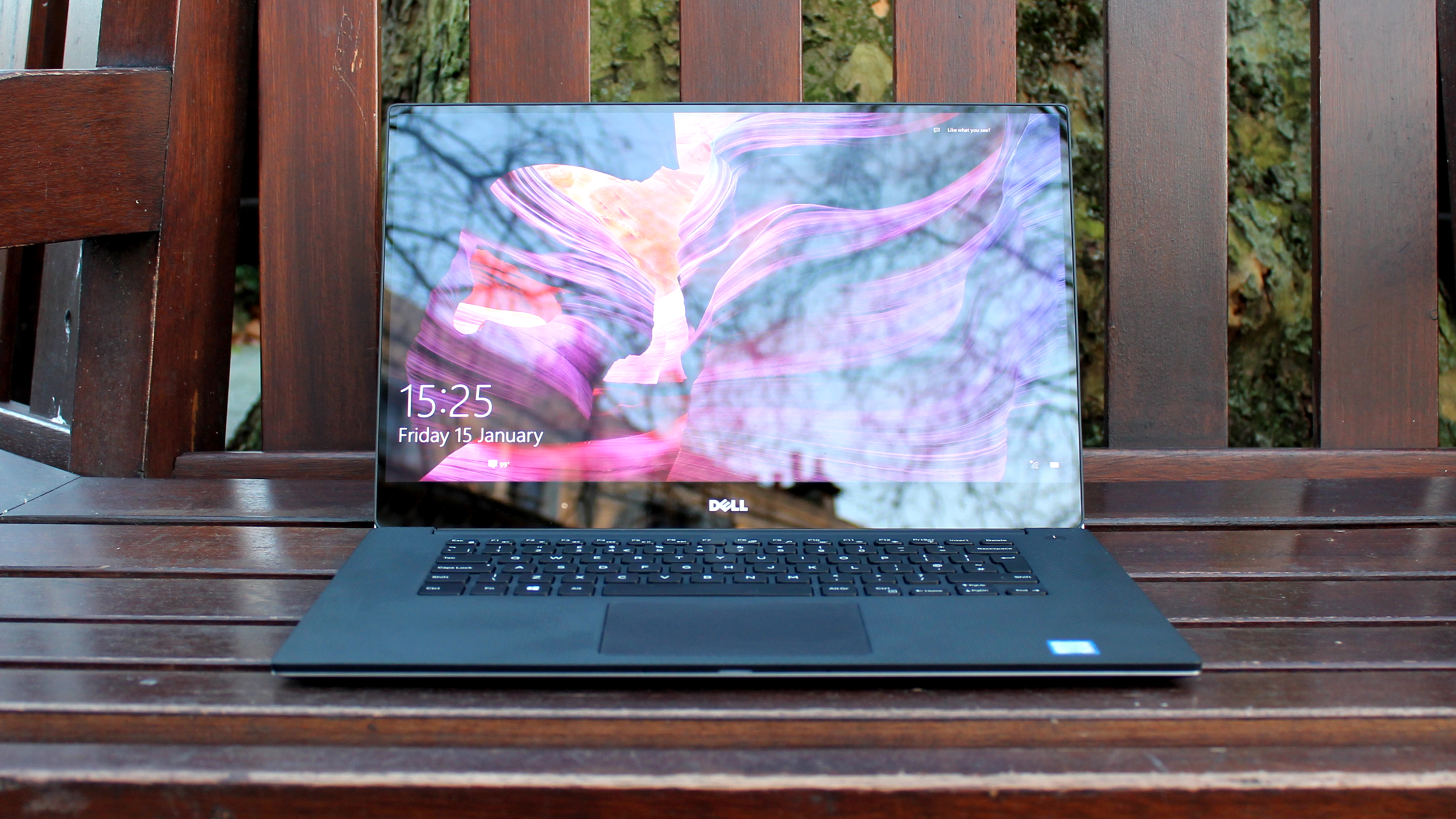
Kane Fulton - Techradar computing editor
Living between two places for the past six months, the Dell XPS 15 has provided the perfect combination of screen real-estate (for working) and Nvidia GTX 980M power (for gaming). Sure, it's no powerhouse, but it runs Rocket League maxed out at 1080p with nary a hiccup nor stutter. In fact, most games are a pleasure to play at 1080p on the XPS, with the exception of titles such as Fallout 4 and The Witcher 3 that require a bit more than 2GB of video memory to run buttery smooth. That's OK, though, because the svelte laptop's display features eye-popping color saturation (100% Adobe RGB, natch) which helps the games that it can run look gorgeous.
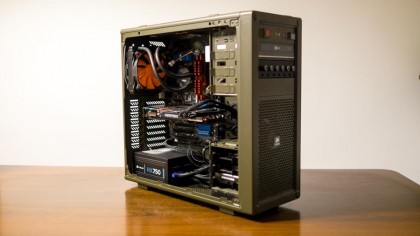
Kevin Lee - Techradar laptops editor
You need a sick rig for your PC gaming kick and what's better than a system you've built yourself. Her name is Freya (yes, I named her, and you can see a pic of her at the top of this article). I built her a few years ago, originally built on an Intel Core i5 3570K platform paired with an Nvidia GTX 670 and 32GB of RAM.
Earlier this year I did a bit of sprucing it up by swapping the video card for a sweet new Nvidia GTX 970 and added a Corsair H75 all-in-one liquid cooler.
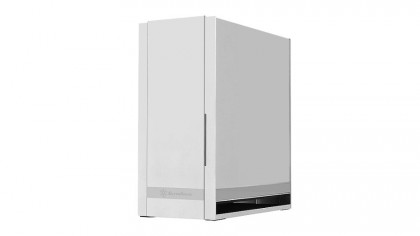
Jon Porter - Home entertainment UK editor
I'm never going to have the most powerful gaming PC around, but at least it runs pretty quietly. The two massive 180mm fans that come installed as standard on Silverstone's FT05 chassis are so big that you can happily leave them on low even when gaming, and the result is a rig that runs nice and quietly - even under load. The rest of the build is more standard. An MSI-made GTX 970 tackles most of what I throw at it with relative ease at 1080p, and the i7-4790 shouldn't need upgrading any time soon.
I'm also running the now-standard solid state/mechanical hard drive combination, but I'm hoping to eventually buy a 1TB SSD to eliminate the sound of that annoying hard drive clunk. Some PCI-based storage would be the dream, but without a complete motherboard upgrade it's not going to happen.
Where I've really splashed out is with my keyboard. Currently I've got a Pok3r with Cherry MX Blues, but hopefully by the end of the year my custom-manufactured WhiteFox is going to drop through my letterbox, bringing with it the same small form factor without sacrificing dedicated arrow keys, all with lovely Cherry MX Clear switches. Oh and I've got some Nantucket Selectric keycaps coming soon as well, but as is the way with group buys, it might be 2017 before they end up arriving.
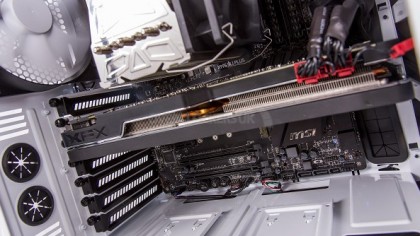
Hugh Langley - Techradar associate editor
Since my last PC died, I've had to turn to my MacBook Pro any time my PC gaming desires need fulfilling - great if I'm in the mood for some Hearthstone or Papers, Please, but I wouldn't dream of playing anything more demanding.
So I've been very fortunate to have had the opportunity to test drive a Titan Riptide that Overclockers were kind enough to send me over for a while. Or, as it's fully described on the website: The Titan Riptide Intel Core i7 5930K @ 3.8GHz OC Six Core Haswell-E AMD Crossfire Gaming PC.
Yes, this is a beast and a half - and then some. With an AMD Radeon R9 290X, this thing doesn't just do the job, it sings. Handing back the keys is going to break my heart.
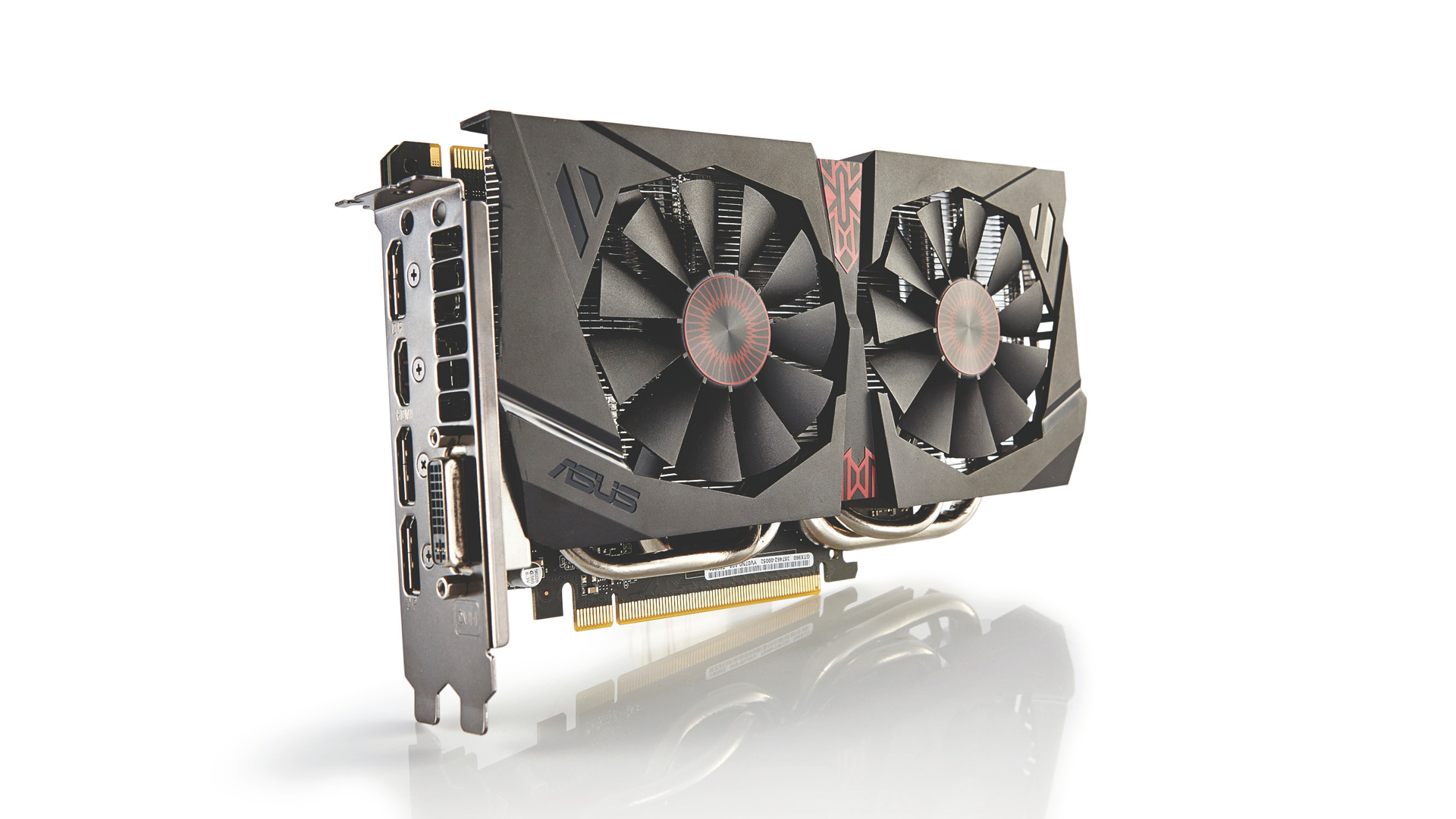
Cameron Faulkner - Techradar assistant editor
The console life was getting stale, so I decided to build my own gaming PC. I wanted it to at least be able to punch up to the performance that the next generation of consoles could push out, but I also didn't want to leave myself penniless. The build I settled on contains an Intel Core i5-4690K, the budget-friendly Nvidia GTX 970, 8GB of RAM and a 1TB hard drive. To boost things up, I recently updated to a 240GB solid-state drive. All in all, my build totally gets the job done, and some.
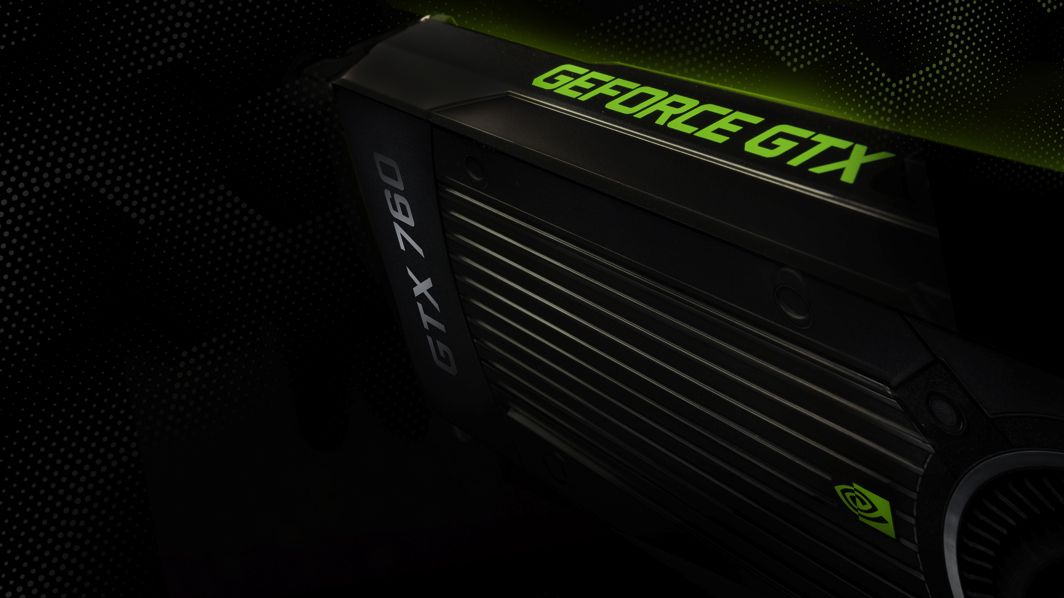
Nick Pino - Techradar US home entertainment editor
My rig's a custom-built tank of a machine that has some ageing parts, but still manages to play 80-90% of games on High or Very High settings. Inside it's rocking an i5-3750K processor, 8GB of DDR3 memory, an Nvidia GeForce GTX 760 GPU and a 1TB HDD. Big updates coming down the pipeline are an SSD and a further 8GB of RAM.
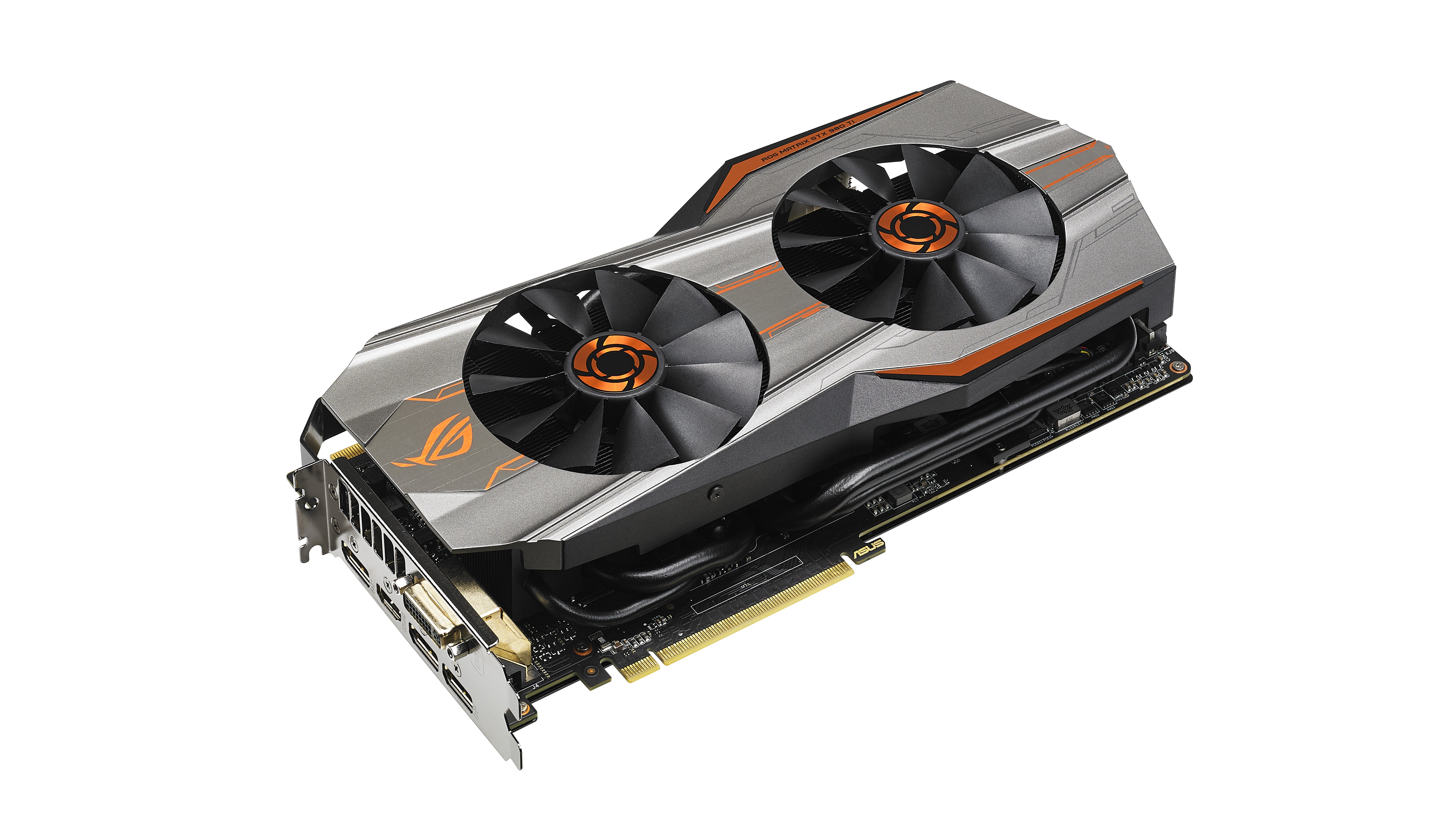
Matt Hanson - Techradar How-to editor
I've always been a PC gamer at heart, and so I try to keep up with the latest tech. At the moment my rig comprises of an Intel Core i7 6700K processor running at 4GHz, 32GB of DDR4 RAM and two Asus Matrix Platinum Geforce GTX 980Ti graphics cards in SLI. I've also got two SSDs, a 128GB one for Windows 10 and essential programs, and another 256GB one for games.
A 2TB hard drive keeps the rest of my games and documents. Although some of the components aren't as cutting-edge as they once were, it's still a formidable machine, especially when playing games on a Philips BDM3470UP 34-inch LCD Ultra Wide QHD Monitor running at 3440 x 1440 resolution. It's very nice.
You can watch me putting the PC together in the video below.
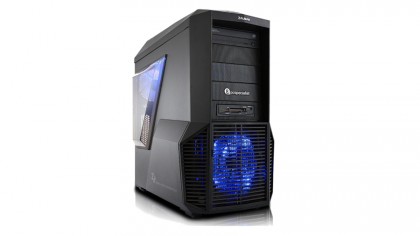
Gerald Lynch - Gizmodo UK editor
I'm currently mucking about with the ace PC Specialist Vanquish Pro-X, kitted out with an Intel Core i7-4790k running at 4GHz, 16GB of RAM and a meaty Nvidia GTX 980. There's also a 240GB SSD tucked away inside, alongside a 2TB hard drive, because I can't waste valuable seconds on boot-up times when I'm gearing up to have my face blown off in Crysis 3.
Sadly, I don't think even a Titan X could make me any better at Counter-Strike, which sees me doing my best "Platoon death scene" impression practically as soon as I spawn.
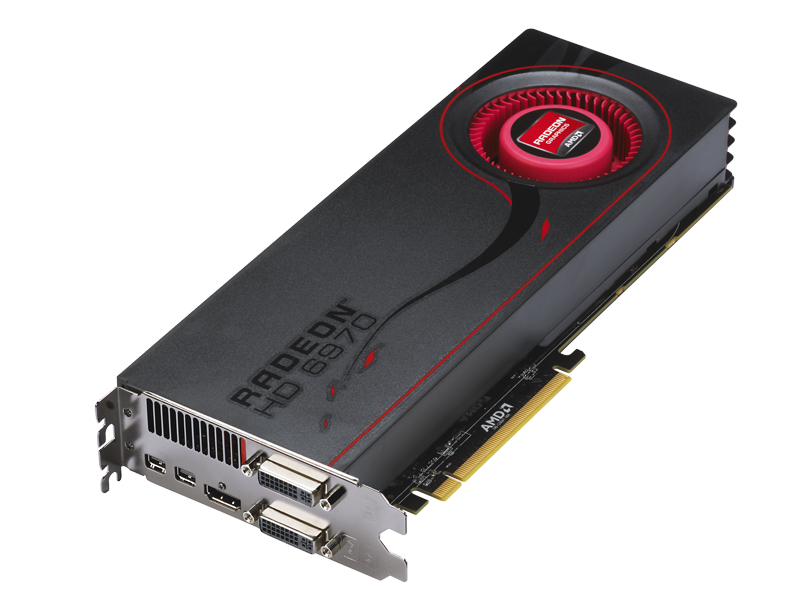
Neil Mohr - Linux Format editor
I'm currently enjoying the thrills of now over 1000 titles available for Linux through Steam OS. It's easy enough to dual-boot with my many other Linux operating systems.
My gaming system might be a little older in the tooth, but the Intel Core i5 2500K with 16GB of DDR3 RAM, and the thoroughly mid-range AMD Radeon HD 6970 are enough to keep someone more familiar with the green and black terminal more than happy. Currently I'm parkouring through Dying Light hopping and skipping to zombie-free safety.
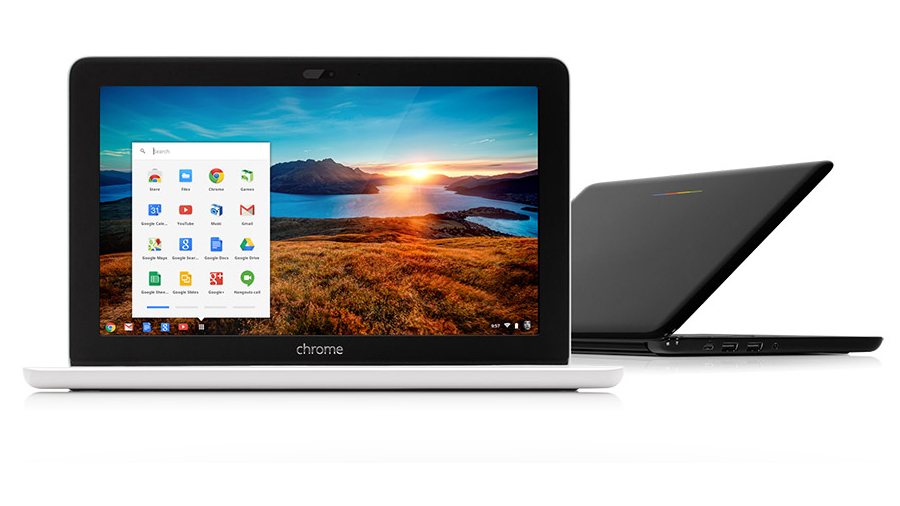
John McCann - Techradar phones deputy editor
I've got an HP Chromebook 11. COME AT ME BRO.
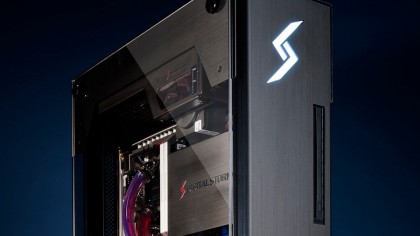
Tuan Nguyen - Maximum PC editor-in-chief
I use Digital Storm's Bolt 3 for my entertainment duties. It's loaded to the gills with the best parts — including the Nvidia Titan X, Core i7 4790K and Samsung 850 Pro SSD. The best part of the rig is its design, which is sleek, black and has a huge plane of dark tempered glass covering its side. The Bolt 3's chassis looks great on its side, and it can be used as a home-threatre gaming rig when connected via HDMI to my Pioneer receiver, which is connected to an Epson PowerLite Home Cinema 5030UB.

Alex Campbell, Maximum PC associate editor
My machine at home is a something of a Frankenstein monster that I built in early 2014. It was made from both new-ish parts and ones cannibalised from my old desktop built in 2010. I play, in addition to doing photography work, so I needed a card that could render decent frame rates with some RTS and FPS games I could find on Steam. Primarily, though, my goal was to create a midrange digital workstation to produce media.
I've been an AMD builder most of my life, so I oped for a decent mid-range FM2 chip to do the number crunching, and settled on an AMD A8-5600K Trinity Quad-Core 3.6GHz. On the video side, I use an EVGA GeForce GTX 550 Ti, which was a solid card, and can still play many games at a decent frame rate. While it's still a great card for what I paid, the 550 Ti doesn't support many of the latest features of Nvidia's drivers and software.
- What else is going on during PC Gaming Week?
